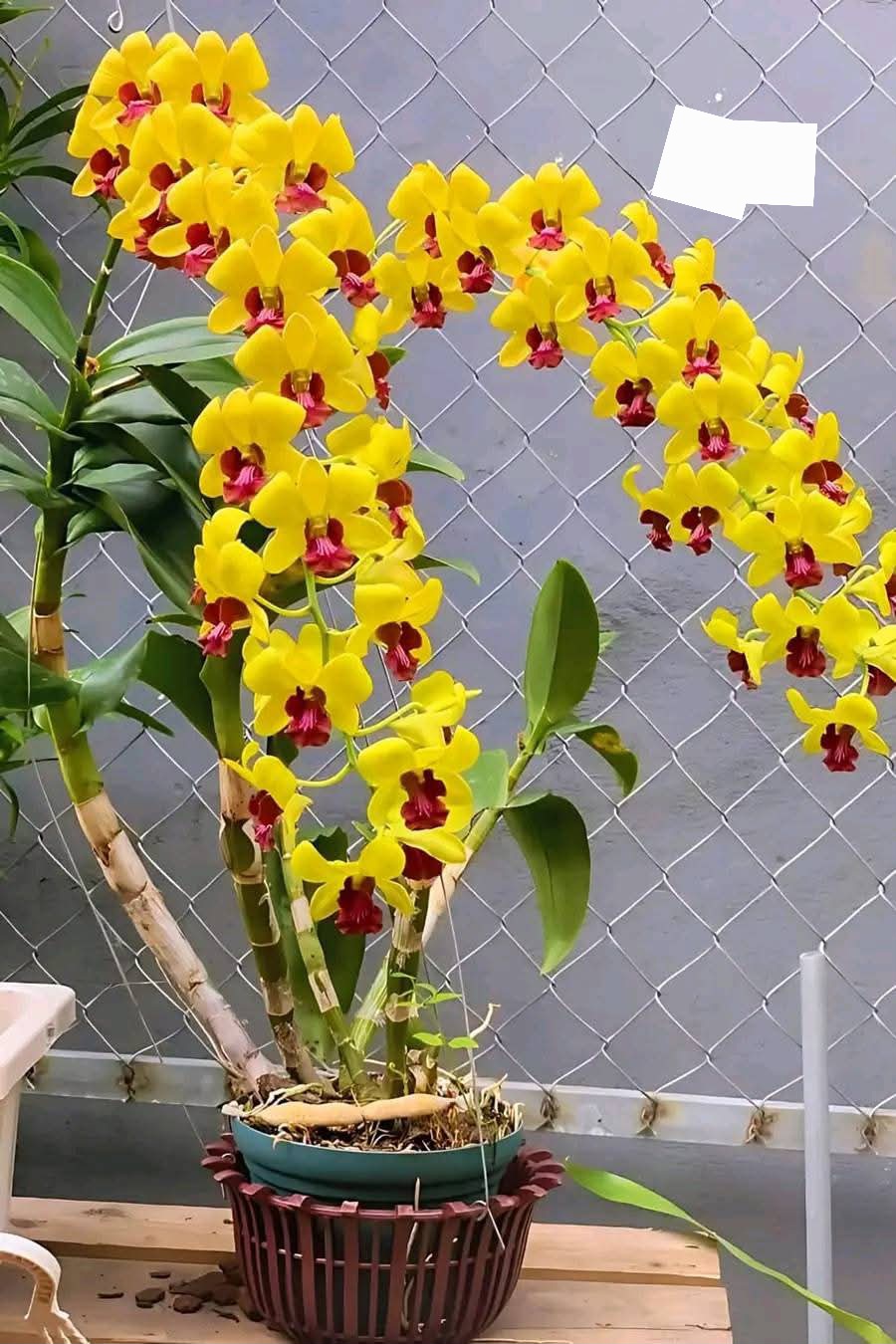Orchids are some of the most captivating plants in the world, admired for their exotic beauty, long-lasting blooms, and diverse species. But beyond their stunning appearance, these plants have some truly fascinating secrets. Here are five surprising facts about orchids that will change the way you see them!
Orchids Can Grow Without Soil
One of the most surprising things about orchids is that many of them don’t need soil to grow! Unlike most plants, epiphytic orchids (such as Phalaenopsis and Dendrobium) thrive by attaching themselves to trees, rocks, or even wooden mounts. Instead of drawing nutrients from the soil, their specialized aerial roots absorb moisture and nutrients directly from the air.
🌿 How They Survive Without Soil:
✔ Their thick, spongy roots are covered in a special tissue called velamen, which acts like a sponge, soaking up water from humidity.
✔ They form symbiotic relationships with fungi to absorb nutrients efficiently.
✔ These plants prefer good air circulation, mimicking the breezy tree canopies they naturally inhabit.
💡 What This Means for You: If you own an orchid, you don’t need to plant it in soil! Instead, use a bark-based mix or try mounting your orchid onto a wooden slab or cork board for a natural, artistic display.
Orchids Have the Smallest Seeds in the Plant Kingdom
Orchid seeds are incredibly tiny, often resembling dust particles. A single seed pod can contain millions of microscopic seeds, making orchids one of the most prolific seed-producing plants in the world!
🌱 Why Are Their Seeds So Small?
✔ Unlike other plant seeds, orchid seeds lack endosperm, the food storage that most seeds rely on for germination.
✔ Instead, orchids depend on fungi (specifically, mycorrhizal fungi) to provide them with essential nutrients.
✔ Because they’re so tiny, orchid seeds are easily carried by the wind, allowing them to spread across vast distances in nature.
💡 What This Means for You: Growing orchids from seed is extremely difficult without a sterile laboratory environment, but propagating orchids from cuttings or keikis (baby orchid shoots) is much easier!
Orchids Have Evolved to Mimic Insects for Pollination
Some orchids don’t just look beautiful—they’re also master tricksters! Certain species have evolved to mimic the appearance, scent, and even texture of female insects to attract male pollinators.
🐝 How It Works:
✔ Orchids like the Ophrys species (commonly known as bee orchids) have flowers that resemble female bees or wasps.
✔ Male insects are tricked into thinking they’ve found a mate and attempt to “mate” with the flower—a behavior called pseudocopulation.
✔ As they interact with the flower, the pollen sticks to their bodies, and they unknowingly transfer it to the next bloom, ensuring pollination.
💡 What This Means for You: The next time you admire an orchid, take a closer look—you might notice how its shape and colors resemble an insect! These plants have spent millions of years evolving to become nature’s most clever pollinators.
Orchid Blooms Can Last for Months
Unlike most flowering plants, which bloom for just a few weeks, orchids are long-lasting bloomers. Depending on the species and care, an orchid’s flowers can last anywhere from a few weeks to several months!
🌸 Why Orchid Blooms Last So Long:
✔ Thicker, waxy petals help retain moisture, preventing wilting.
✔ Orchids don’t waste energy producing fragrant oils (except for pollination-specific species), allowing their blooms to stay fresh.
✔ They have evolved in diverse climates where extended blooming attracts pollinators over time.
💡 What This Means for You: If you provide the right care, your orchids can bloom for months at a time, making them one of the best plants for long-lasting floral displays!
Orchids “Rest” Between Blooming Cycles
Have you ever noticed that your orchid stops blooming after a while? Don’t worry—it’s not dying! Instead, orchids go through a dormant or resting phase where they focus on growing new leaves and roots before their next bloom cycle.
🌿 What Happens During the Resting Phase?
✔ The plant stores energy for its next bloom cycle.
✔ Roots and leaves may grow larger and stronger to support future flowers.
✔ Some orchids (like Phalaenopsis) may rebloom from the same flower spike, while others (like Cattleya) produce new growths before flowering again.
💡 What This Means for You: If your orchid isn’t blooming, don’t throw it away! Keep caring for it, and after a few months of rest, it will reward you with new, beautiful flowers!
Final Thoughts: Orchids Are More Fascinating Than You Think!
Orchids are not just stunning houseplants—they are incredibly adaptive and intelligent plants with unique survival strategies. Whether it’s their ability to grow without soil, their tiny dust-like seeds, or their clever pollination tricks, orchids never fail to amaze.
So next time you see an orchid, remember—you’re looking at one of nature’s most extraordinary plants!
More Articles You Might Like
-
Texas Toast Sloppy Joes: The Crunchy, Cheesy Upgrade You Didn’t Know You Needed
There’s something timeless about sloppy joes. For generations, this saucy, savory, and slightly sweet ground beef sandwich has been a go-to comfort food in American kitchens. It’s quick, filling, and family-friendly—perfect for busy weeknights. But what if we told you there’s a way to take this classic dish up a notch? Enter the Texas Toast…
-
Classic Pig Pickin’ Cake
When it comes to Southern desserts, few sweets shine as brightly as the Classic Pig Pickin’ Cake. This nostalgic cake, sometimes called a “Mandarin Orange Cake,” has roots deep in Southern tradition. It gets its playful name from its frequent appearance at pig pickin’s—Southern-style barbecue gatherings where communities come together to enjoy slow-cooked pork, sides,…
-
Lemon Garlic Butter Chicken with Creamy Parmesan Pasta
There’s something irresistible about the combination of tender, golden-browned chicken paired with a creamy pasta coated in Parmesan cheese. Add the brightness of lemon, the depth of garlic, and the richness of butter, and you have a recipe that feels indulgent yet approachable enough for a weeknight dinner. Lemon Garlic Butter Chicken with Creamy Parmesan…



